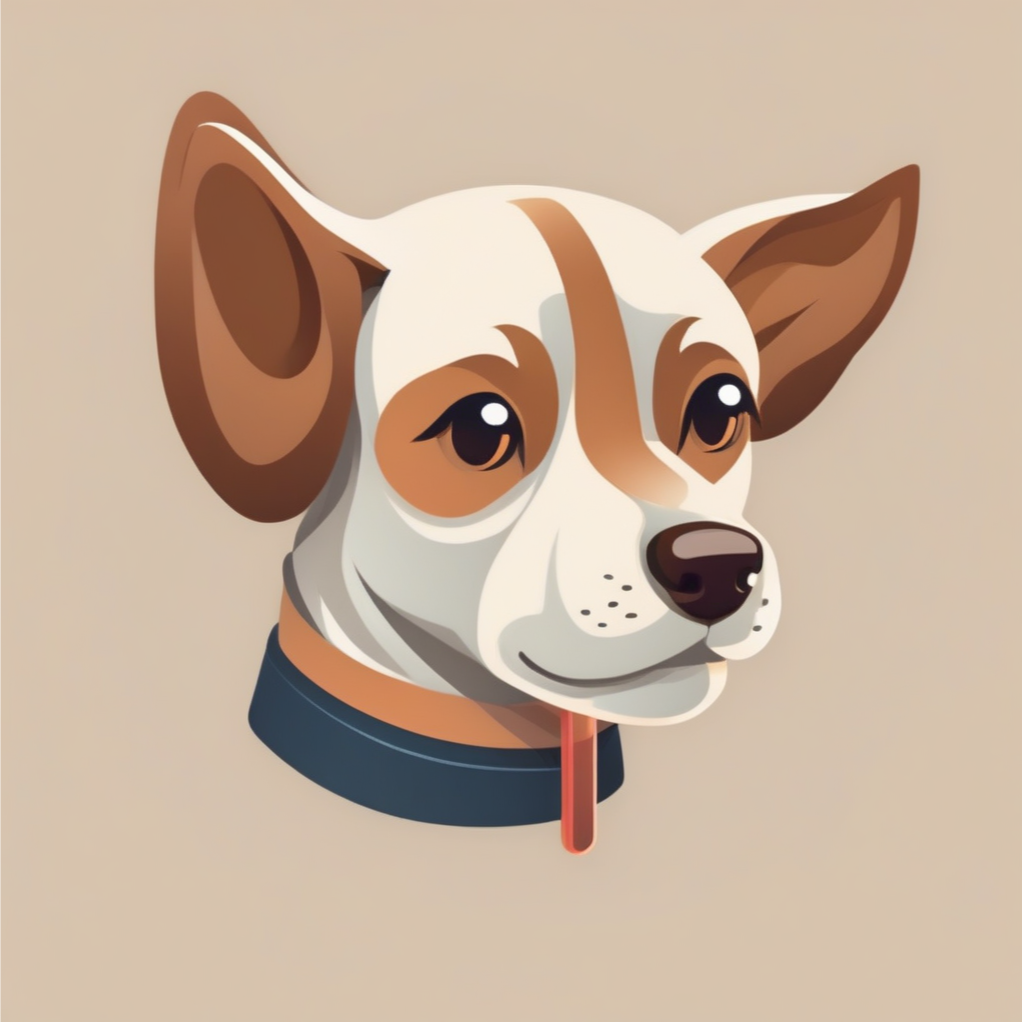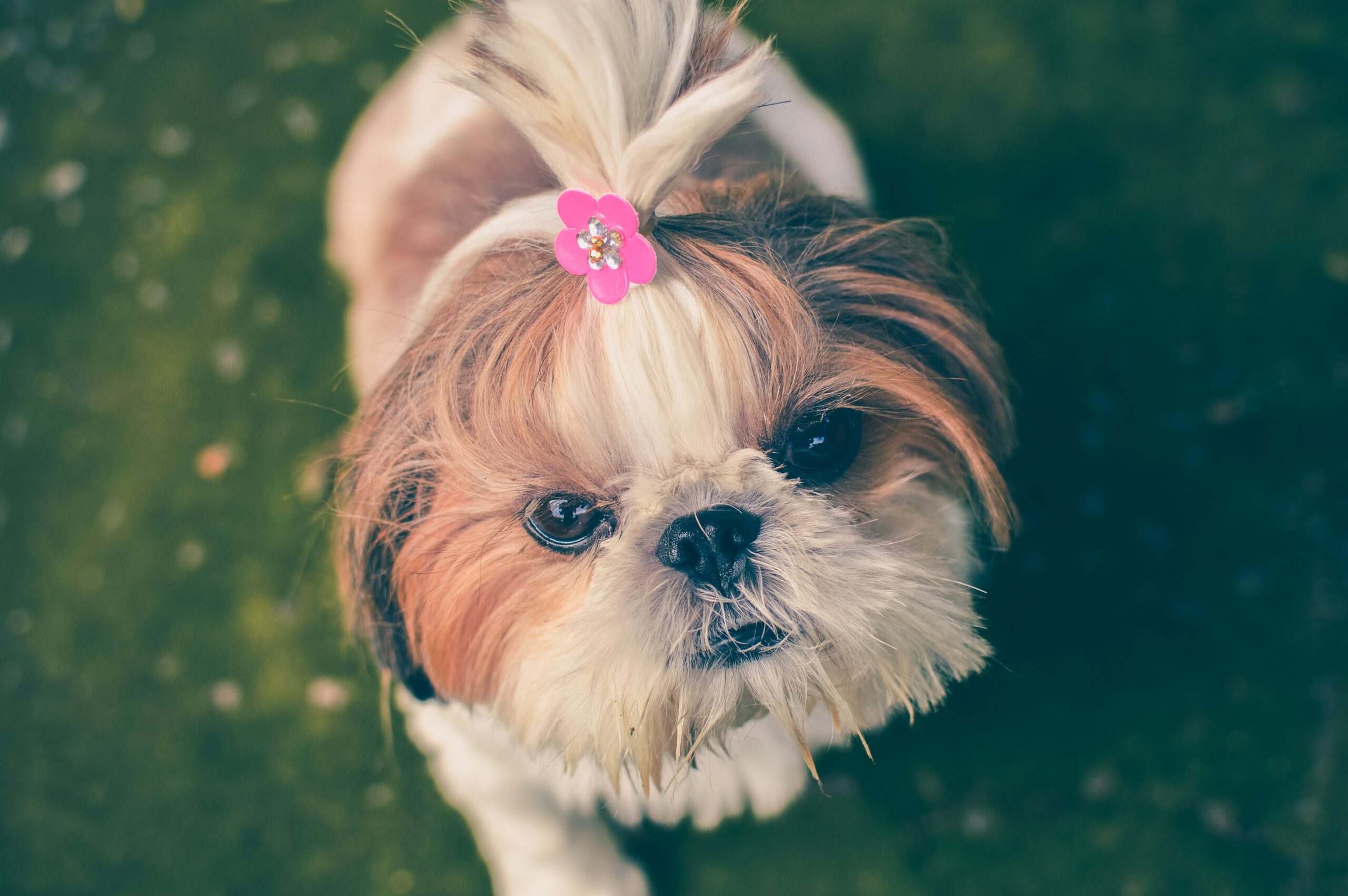Hello to all dog enthusiasts! If a charming new canine companion has recently become a part of your household, you’re likely immersed in the delightful rollercoaster of puppyhood, brimming with moments of joy, unexpected surprises, and the occasional casualty in the form of a gnawed-upon slipper. Amidst this lively chaos, it’s easy to unintentionally overlook the vital task of tending to your puppy’s grooming requirements. Fear not – we’re here to help you grasp the basics, underscore the importance of dog grooming, and offer simple tips to ensure your pup becomes the happiest and healthiest on the block.
Why Grooming Matters for Your Pup
Unveiling the Wellness Wonders:
Dive into the world of health with a focus on your furry friend’s skin and coat. Regular grooming isn’t just about aesthetic appeal; it’s a preventive measure against bothersome skin infections. Imagine your Australian Labradoodle, Giant Schnauzer, or Bichon flaunting a coat that’s not just fabulous but also a reflection of their well-being. Consider grooming as a health checkup for your short-haired, Lhasa, or puppy-cut adorned companions, allowing you to detect potential issues early.
Harmony in Behavior:
Brace yourself for the surprising transformation of your pup into a well-mannered companion through grooming. It’s more than just cleanliness; it’s about building a bond. Whether you have a Shih Tzu, Pomeranian, or any other breed, regular grooming sessions establish a tranquil atmosphere, alleviating anxiety and stress for both you and your four-legged friend. It’s a behavioral bonanza that extends beyond appearance.
Grooming Tips for Ultimate Bliss:
When embarking on the journey of grooming your dog, whether it’s the first grooming session or a routine dog wash, consider these grooming tips. Brushing becomes a delightful ritual that enhances the connection between you and your furry companion. So, embrace the grooming experience and let it be a source of joy for both you and your precious pup.
Essential Puppy Grooming Supplies
Just like humans, our furry friends deserve a little TLC too. In this guide, we’ll explore essential grooming tools for your canine companion, ensuring their coat stays luscious, their breath stays fresh, and their tap-dancing paws remain adorable. From the perfect brush for every fur type to specialized shampoo and conditioner, consider this your go-to “dog kit” for a spa day experience that even excludes the cucumber slices. Let’s dive into the must-haves to keep your pup looking and feeling their best!
- Brushing Tools: You don’t need an expert degree in grooming. Simply choose a brush that suits your dog’s coat – whether it’s smooth or curly, there’s a tool for every fur type. It’s like treating your pup to a spa day, minus the cucumber slices.
- Shampoo and Conditioner: Avoid using your own shampoo on your pup. Invest in products specifically designed for puppies to keep their fur soft and smelling delightful, like sunshine.
- Nail Clippers: While doggy tap dancing is cute, it might signal the need for a pedicure. Trim your pup’s nails safely to prevent scratches and preserve your furniture.
- Ear Cleaning Supplies: Ears may not be your pup’s favorite, but keeping them clean prevents infections. Follow our step-by-step guide for an easy and hassle-free cleaning experience.
- Toothbrush and Toothpaste: Don’t let doggy breath be a deal-breaker. Regularly brush your pup’s teeth for a winning smile and overall good health.
Grooming Tips for Different Puppy Breeds
Just as dogs come in various breeds, each with its own unique personality, they also boast a diverse array of coat types that demand tailored grooming approaches. Whether your canine companion sports a sleek short-haired coat, a luxurious long-haired mane, or distinctive curly or wiry strands, understanding the specific needs of their fur is crucial. In this guide, we explore the simplicity of grooming short-haired breeds, the elegance required for long-haired counterparts, and the unique challenges posed by curly or wiry-haired companions. Dive into the world of dog coat types and discover the secrets to keeping your furry friend looking their absolute best.
Short-Haired Breeds:
Simplify grooming for short-haired breeds by incorporating a straightforward routine. The key lies in occasional brushing to maintain the smoothness of their coats. This uncomplicated care keeps their appearance polished and pristine.
For short-haired breeds, simplicity is key when it comes to grooming. All it takes is a good brush every now and then to ensure their sleek coats stay in optimal condition. This minimal effort on your part will keep your furry friend looking their best.
Long-Haired Breeds:
Revel in the elegance of your long-haired pup by adopting a grooming routine that embraces their voluminous fur. Regular grooming sessions play a vital role in preventing tangles and maintaining the splendor of your dog’s lengthy locks. With consistent care, you can ensure your canine companion’s extended mane remains fabulous, steering clear of any signs of distress or unruliness.
Long-haired breeds bring an extra level of charm to the table, but with it comes the responsibility of proper grooming. To keep their magnificent locks in top shape, make regular grooming sessions a part of your routine. This not only prevents tangles but also ensures your pup’s long fur remains a stunning feature rather than a source of frustration.
Curly or Wiry-Haired Breeds:
Celebrate the uniqueness of curly or wiry-haired breeds while being aware of the grooming challenges they present. Embracing the curls is essential, but vigilance is required to manage potential tangles. Although these breeds may require a bit more effort in their care, with a small investment of time and attention, your pup will be ready for the spotlight, garnering admiration on platforms like Instagram.
When dealing with curly or wiry-haired breeds, acknowledge the specific grooming challenges that come with their distinctive coats. While embracing their natural curls is a must, keeping an eye out for potential tangles is equally important. These breeds may demand a bit more effort in grooming, but with dedication, your furry companion will be picture-perfect and social media-ready.
Creating a Positive Grooming Experience
Introducing Grooming Gradually: Introducing your furry friend to the world of grooming should be a gradual and gentle process. Just as humans may not appreciate a surprise spa day, our canine companions prefer a slow introduction to grooming. Take the time to familiarize your pup with grooming tools one step at a time. Start by showing them the tools without any immediate grooming activities. Allow your pup to sniff and investigate, rewarding them for their curiosity and calm behavior. By taking it slow and making the experience positive, you’ll build trust and cooperation between you and your four-legged friend.
Creating an Enjoyable Grooming Experience: Transforming grooming sessions into enjoyable bonding experiences is key to fostering a positive attitude in your pup. Establishing a regular grooming schedule helps your dog understand what to expect, creating a sense of routine and comfort. Positive reinforcement, such as treats or verbal praise, can be powerful motivators during grooming. Use these rewards strategically, praising your pup for staying calm or exhibiting good behavior. Over time, your dog will associate grooming with positive interactions and may even become eager for their spa time. By turning grooming into a shared activity filled with love and positive reinforcement, you strengthen the bond between you and your furry companion, making the grooming process a joyous occasion for both of you.
Common Mistakes to Avoid in Puppy Grooming
Tailoring care for your beloved pup is an art that requires a keen understanding of their unique needs, especially when it comes to grooming. Overlooking breed-specific requirements can lead to suboptimal results, and one of the common pitfalls is committing dog grooming mistakes. Each breed comes with its own set of characteristics, and failure to consider them can result in less-than-ideal outcomes. In this guide, we explore the importance of embracing the individuality of breeds in grooming practices and share valuable tips to help you avoid the most common dog grooming mistakes. Your furry friend deserves the best care tailored to their specific needs, and steering clear of these mistakes is a crucial step in ensuring their well-being.
Tailoring Care for Your Pup: Embrace the Individuality of Breeds
Every dog is unique, and their specific breed characteristics play a crucial role in determining their grooming needs. One size doesn’t fit all in the world of dog care. Overlooking the distinct requirements of your furry friend based on its breed can lead to less-than-ideal grooming outcomes. What might be suitable for a short-haired pup may not be sufficient for the long-haired diva in your life. To ensure the well-being of your canine companion, it’s essential to understand and cater to the specific grooming needs dictated by their breed.
Bypassing Human Products: Opt for Pup-Friendly Care
Your canine companion is not a miniature human, and treating them as such can have adverse effects on their skin and coat. Steer clear of using products designed for humans on your pup. Instead, invest in high-quality, puppy-specific products tailored to their unique physiological needs. From shampoos to conditioners, choosing items formulated for dogs ensures that you are addressing their specific skin and coat requirements. This approach contributes to maintaining the health and vitality of your pup’s fur, promoting a glossy and well-nourished appearance.
Grooming is a Process, Not an Event: Patience is Key
Grooming your pup is not a task to be rushed through hastily. Taking the time to engage in a gradual and patient grooming process is essential for your dog’s well-being. Rushing through grooming sessions can cause stress for your pup, leading to negative associations with the experience. This, in turn, can make future grooming sessions more challenging. Remember, Rome wasn’t groomed in a day. By approaching grooming as a process rather than a quick event, you foster a positive and calm environment for your pup, making the experience enjoyable for both of you. This patience pays off in the long run, ensuring that your pup associates grooming with care and affection rather than stress and discomfort.
In Conclusion
There you have it – the lowdown on puppy grooming without the fancy jargon. Grooming isn’t just about aesthetics; it’s about fostering a healthy and happy relationship with your four-legged friend. So, grab that brush, throw on a smile, and let the grooming adventures begin! Your pup will thank you with wagging tails and wet-nosed kisses.
FAQs related to puppy grooming:
What age should a puppy be groomed?
Puppies can be introduced to grooming as early as 8 weeks old. However, the specific age may vary based on the breed and individual temperament. Starting grooming routines early helps puppies get accustomed to the process.
How much should a puppy groom cost?
The cost of puppy grooming varies depending on factors like the groomer’s location, the puppy’s size and breed, and the specific services requested. On average, grooming costs can range from $30 to $90 per session.
What does FFF mean in dog grooming?
FFF in dog grooming commonly refers to “Face, Feet, and Fanny.” It’s a shorthand term for a basic grooming package that typically includes cleaning and trimming these specific areas.
How do I know when my puppy needs grooming?
Signs that your puppy needs grooming include matting, excessive shedding, unpleasant odor, or if the nails are too long. Regular checks of your puppy’s coat, ears, and nails can help you determine when grooming is necessary.
When should I start brushing my puppy’s fur?
Start brushing your puppy’s fur as soon as you bring them home. Brushing helps build a positive association with grooming and prevents matting. For long-haired breeds, daily brushing is ideal, while short-haired breeds may need less frequent brushing.
How often should a puppy be professionally groomed?
The frequency of professional grooming depends on the breed, coat type, and lifestyle. In general, most puppies benefit from a professional grooming session every 4 to 6 weeks. However, more frequent grooming may be needed for certain breeds or if specific issues arise. Regular brushing at home also contributes to maintaining a healthy coat between professional sessions.

